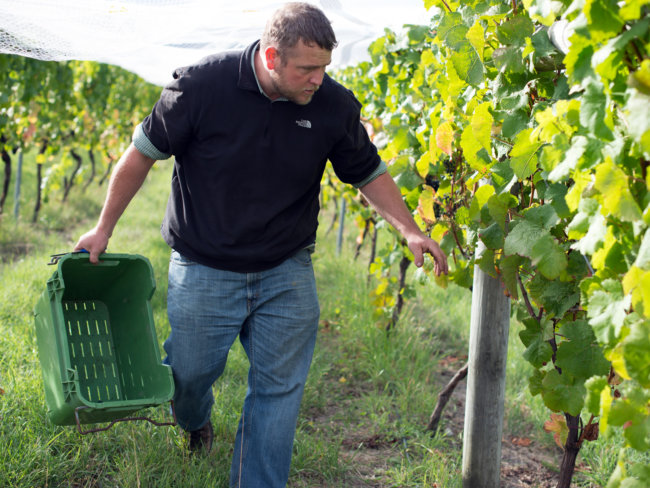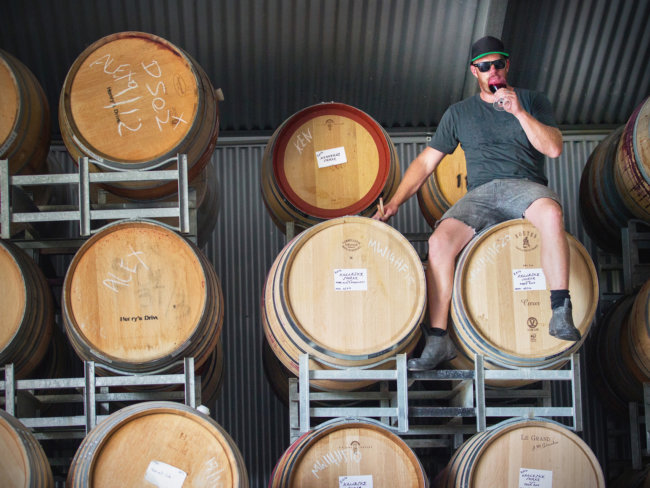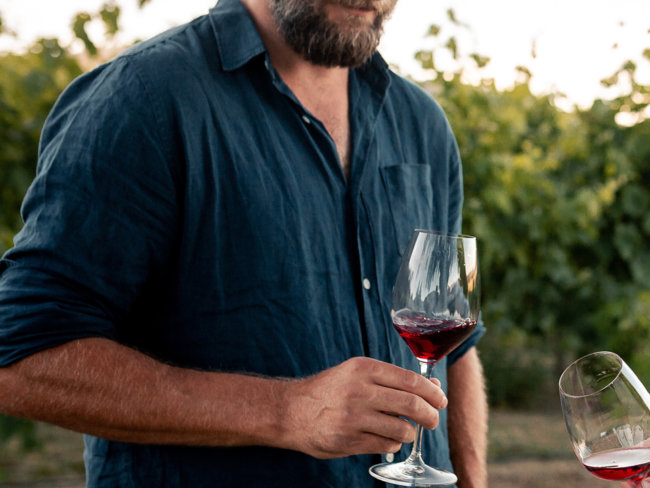James & Jessica Audas
James and Jessica Audas launched A.R.C. Wines in 2017, celebrating various Gippsland sites through the lens of organic farming and minimal intervention winemaking. Now with their own vines planted, and a 3-hectare plot under their stewardship, the pair employ biodynamic farming methods (not yet certified) and make wines with no additives – bar minimal sulphur at bottling – and they neither fine nor filter.










